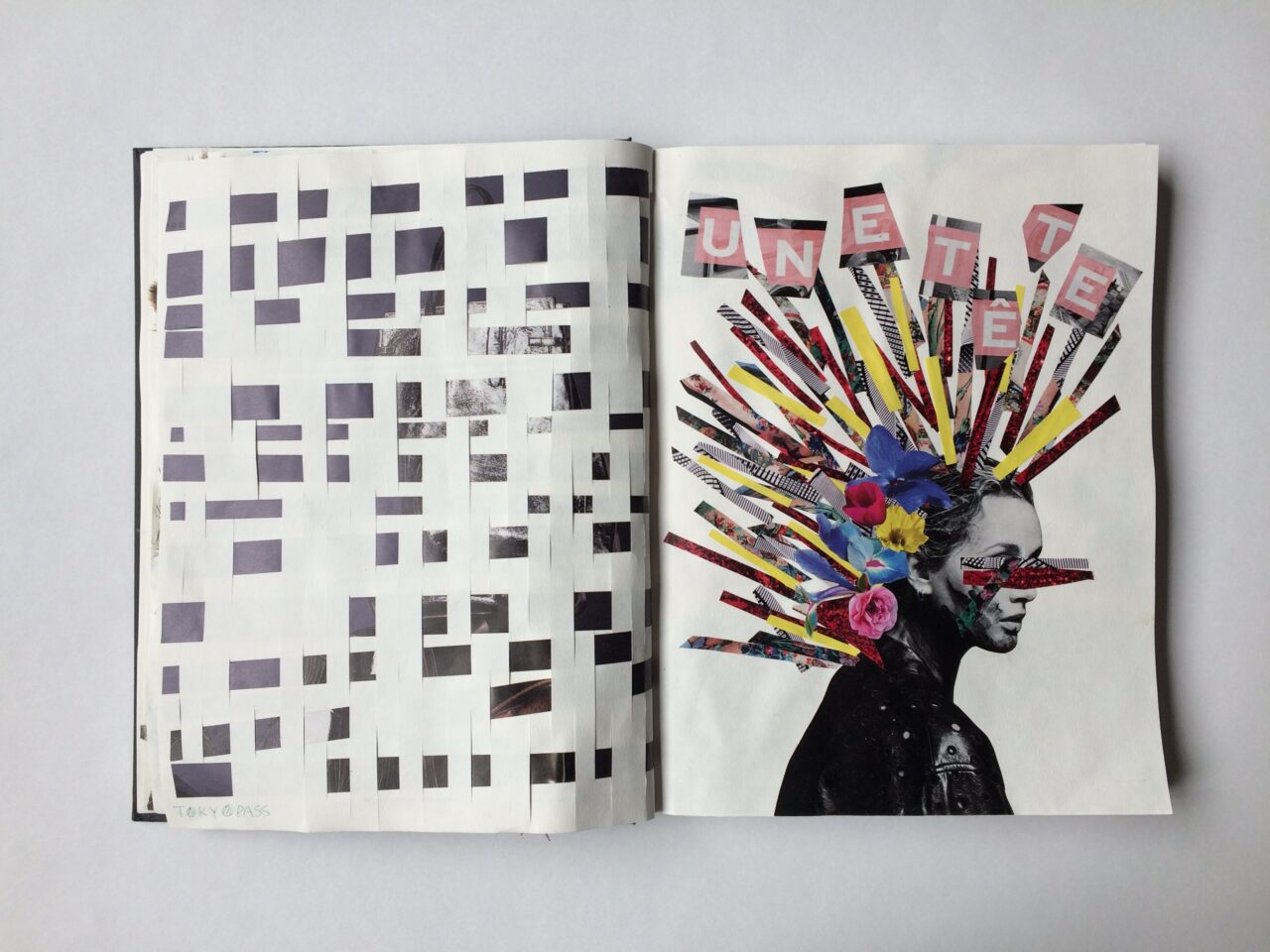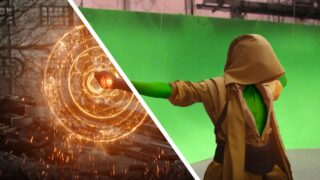Skills needed, expected salary and more. As the world becomes ruled by technology, we are surprisingly realizing the importance of creativity and innovation alongside it. A visual arts degree can take you on very different paths depending on your interests.
Visual arts, visual artist, career
Today’s blockbuster movies are overwhelmingly reliant on visual effects (VFX). Big budget franchises like Star Wars, Marvel and DC Comics, depend on highly creative and realistic effects to satisfy for more immersive and unique experiences.
As such, VFX has the potential to make or break the success of a film like never before, increasing the importance of the post-production process to Film producers and directors.
If you are creative and imaginative, a degree in visual arts could be just what you are looking for to express yourself.
Visual effects today is a complex professional field with many specialisations, it is not a mundane field with similar deliverables for the entire work force. The generic term ‘Visual Effects’ artist is used quite often even though it fails to specify the multiple specialisations within the profession.
In a general way, a visual effects artist is someone who creates special computer generated imagery and effects mainly for feature films, TV commercials, episodic television series and for contemporary computer games.
Visual arts skills are flexible across many sectors
If you decide to focus on visual arts, the skills you gain during your degree are expected to be highly valued and flexible to many sectors, including dedicated art careers as well as many general graduate roles.
Apart from the range of creative and technical skills, visual arts graduates acquire good logical, observational and research skills and an aptitude to solve problems with good imagination that augurs well in their career either independently or as an employee of an organisation.
Students will find it beneficial to have a diverse collection of work to showcase it to their potential employers, including original ideas as well as work developed with the courseware.
Students will explain their influences; the consideration behind their choice of themes and why they used certain methodology, techniques and technology.
A visual art student should network at every prospect all through their studies and find ways to present their work in public domain by participating in competitions and exhibitions.
Visual artist career: Job description and career requirements
The term ‘visual artist’ is a broad term that refers to individuals working as animators, digital compositors, game developers, fine art or multimedia artists and graphic designers amongst other professions.
The job of a visual artist can include a variety of diverse disciplines including digital/analogue drawing, digital/analogue painting, digital/analogue sculpting, graphic design, digital photography and film amongst others.
Many visual artists work independently to create works that convey emotion, ideas or information.
Four specializations for visual artist professionals to enhance their career in the field of visual arts:
1. Animator/3D designer
Technology is moving at a fast pace, and developments are creating avenues for Animation/3D Designers such as Advertising, Healthcare, Cosplay, Prop making, Photorealism, Virtual Reality, Augmented Reality, Mixed Reality etc.
Virtual reality offers us a new way to create new design; the ability to play an active part in the creation process. The ability to be inside a creative/virtual environment.
Developments in cloud computing are also making tasks easier and more accessible, reducing time spent on technological tasks and empowering freelance artists to access industry-leading tools from anywhere in the world.
Example: Rendering services (like Google ZYNC) on the Cloud at nominal cost are leading to a low input cost for Infrastructure. There by creating a new business model for the individual artists and small setups.
2. VFX artist/Digital compositors
Digital Compositors are responsible for constructing the final image by combining layers of previously-created computer generated imagery from various sources including rendered computer animation, special effects, graphics, 2D animation, live action and static background plates.
Although it is primarily a 2D role within the 3D world of CGI and VFX (Visual Effects), compositors need a thorough understanding of the computer-generated animation process combined with relevant artistic skills.
They creatively combine all the elements into the final image, ensuring that the visual design of the project is respected and continuity is maintained. They ensure that all levels combine together seamlessly using various processes like keying, rotoscoping, tracking etc.
3. Game development
Digital game development is fast becoming a bright career option for the youth. Although India seems to be lagging behind in terms of game developers, a recent study by NASSCOM revealed that the Indian gaming industry is close to $890 million. This presents a huge business, career opportunity.
The increase in popularity of smartphones in the Indian market, the gaming industry is set for a steady rise as the youth are now looking at video games as not just a form of recreation but also as a way to test their skills and talent.
Game development has being categorised as follows:
Mobile: Mobile gaming is an industry that has transformed itself many times over and continues to do so. Through increased visuals, mobile games have become much more attractive to the user. Mobile gaming applies to many devices running different OS from Android to iOS to Windows.
Computer: The gaming industry is moving away from computer games, largely due to the accessibility of mobile phones. However, peripherals such as large screens, high performance, access to digital distribution sites such as GOG considerably work in favour of computer gaming.
4. Web developers:
Web developers design and oversee the functionality of websites. They may also be accountable for creating content. In contrast to the aforesaid occupations, opportunities for web developers are expected to increase by a much faster than average rate in the coming years.
What is the growth prospect in the field of visual arts?
It has been anticipated that the number of jobs for artists will grow like many other potential sectors. Also, the rising presence of digital and social media will also contribute to the growth and create wider opportunities. This is an extremely creative career; however, one must be conscious that success in this field, as in all the arts will perhaps depend as much on one’s skill and aptitude to network with others as well as market his own artistic talent.
What skills do you need to make it big as a visual artist?
In addition to understanding basic art principles, individual disciplines need their own set of skills — for example, multimedia artists, graphic designers and animators must be skilful in the use of design software.
Key merits for art directors include excellent communication skills and the talent to work collaboratively with other professionals.
Business, marketing and interpersonal skills are assets for professionals who are ambitious and are willing to walk an extra mile and be successful in this highly competitive field of visual arts.
Educational qualification needed.
The Bachelor of Arts programme with exposure in creative and technical education as well as practical implementation with industry trainings on a specific discipline — animation, game development, VFX etc.
Individual programmes may culminate in professional assortment that provides proof of a student’s marketable skills. Skills can be honed through apprenticeships, internships and mentoring opportunities.
Expected salary.
Salaries of visual artists vary widely. However, discipline and perseverance are vital for success. Confidence in one’s abilities, enthusiasm about one’s work and skills to deliver in the visual medium contribute to success.
Every visual artist earns significant monies as an independent artist or as an employee of an organisation if they are willing to stake their all for their profession.
This is a creative career that pays rich dividends as one progresses over the years gaining experience in one’s chosen specialisation.




